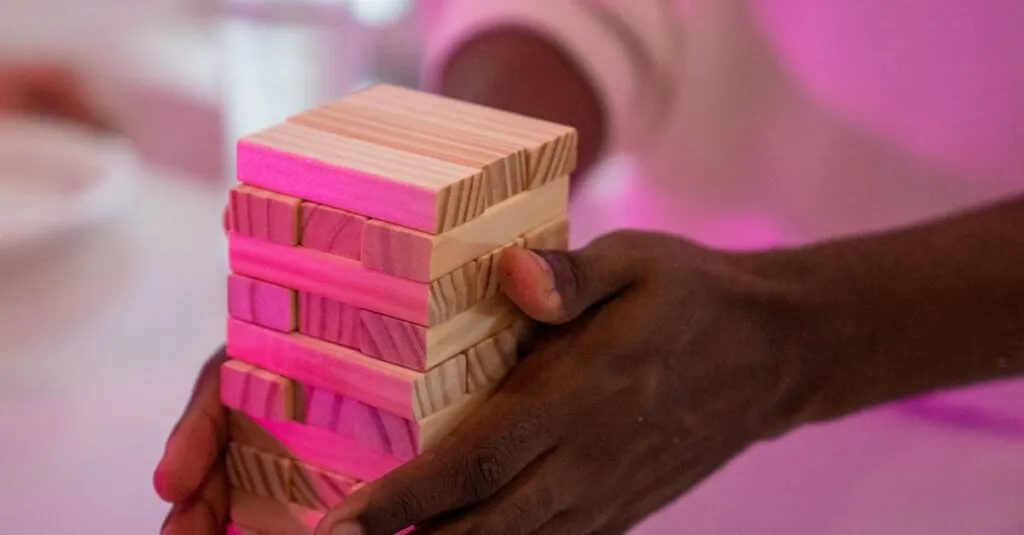Why Forgiveness is Key in Preschool Education
Forgiveness is more than just saying ‘sorry’; it’s a skill we need to nurture from a young age. Preschool is a critical time for this. Kids are like sponges, ready to soak up life skills, and forgiveness is an important one.
The foundations of empathy, understanding, and friendship are laid here. But why forgiveness with preschoolers, you ask? Because it’s a lifelong tool. When kids learn to forgive, they carry a vital skill into adulthood. Just think about the peace of a room full of forgiving adults!
Teaching forgiveness also enhances social development, helping kids manage emotions better. It’s as essential as those alphabet blocks they play with.

In conclusion, instilling the value of forgiveness in preschoolers is crucial for their emotional and social development. Let’s nurture this skill for a better future!
Constructive Play: The Perfect Forgiveness Classroom
Constructive play offers an ideal environment to teach forgiveness. Think of it as the sandbox of life’s big lessons. Kids naturally gravitate towards building activities, often working together to create something magnificent. Sometimes, things fall apart—both literally and metaphorically.
Use these moments to teach forgiveness and teamwork. This setting naturally encourages empathy and sharing as children negotiate and resolve conflicts over who gets the last red block. The best part is, it creates a forgiving atmosphere without overt lectures. So next time a tower topples, it’s not just a tumble—it’s an opportunity.

In conclusion, constructive play provides a rich backdrop for teaching important life skills. Emphasizing the values of forgiveness and cooperation in a playful environment fosters a nurturing and educational experience for children.
Tools of the Trade: Building Empathy through Blocks
The tools we use for teaching forgiveness through play are figurative and literal.
Blocks, for instance, become the perfect props for conflict resolution. Encourage kids to build ‘forgiveness towers’ where each block represents a kind act.
Use these tools for role-play situations:
- ‘What if someone accidentally knocks your tower?’
Guide your child to reconstruct and forgive rather than retaliate.
Blocks and other building toys are powerful because they mimic life’s ups and downs. Plus, they’re excellent for enhancing fine motor skills—a sneaky bonus for parents!

Handling Emotional Roadblocks with Creativity
Emotions in preschoolers can be as colorful as their toy bins. Teaching forgiveness is about handling these feelings with care. Sometimes, a child might not want to forgive, and that’s perfectly fine. Allow them to feel their feelings first.
Guiding Children Back to a Forgiving Mindset
But then, how do you guide them back to a forgiving mindset? Through creative storytelling.
Storytelling as a Tool
Craft a story about an emperor whose castle collapses. How does he react? Ask the children what they would do differently and why. This sparks conversations on emotional challenges while encouraging them to see from another’s perspective. It’s like playing emotional chess!

Make it Fun: Turning Tiffs into Teaching Moments
Making forgiveness fun might seem like an oxymoron, but trust me, it’s possible. Ever witness toddlers arguing over the last toy truck? Turn it into a game! Whoever forgives first gets to drive the truck in a race. Inject some laughter.
Share a personal story when you had to say sorry as a kid. The key is to make forgiveness feel like winning, not losing a contest. Try a puppet show where the characters apologize and make amends. These small but fun practices instill the notion that forgiveness isn’t a chore but a joy.

- Turn arguments into games
- Make forgiveness feel like winning
- Incorporate personal stories
- Use puppets to demonstrate apologies
Building a Forgiving Heart: Takeaways for Parents
Forgiveness in preschool isn’t a one-off lesson; it’s a foundation stone in their character. Parents can play a significant role in reinforcing this at home.
Creating a Forgiveness Jar
One effective method is to create a ‘forgiveness jar’ where kids can write or draw about moments they forgave others or instances when they asked for forgiveness. This not only encourages reflection but also fosters communication.
Modeling Behavior
Share stories about times when you, as parents, made a mistake and apologized. It’s all about modeling behavior for your children. Let them see that everyone makes mistakes, and that it’s important to acknowledge them and seek forgiveness.
Encouraging Honest Expression
Encourage kids to express their feelings honestly and reassure them that it’s okay to make mistakes. This doesn’t just build forgiving hearts; it promotes emotional security.
Celebrating Small Improvements
Lastly, always celebrate improvements, no matter how small. These are little builds towards a big, forgiving heart!

